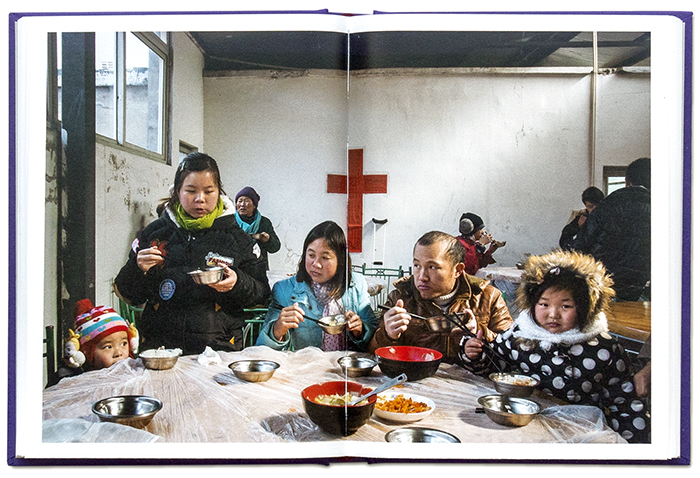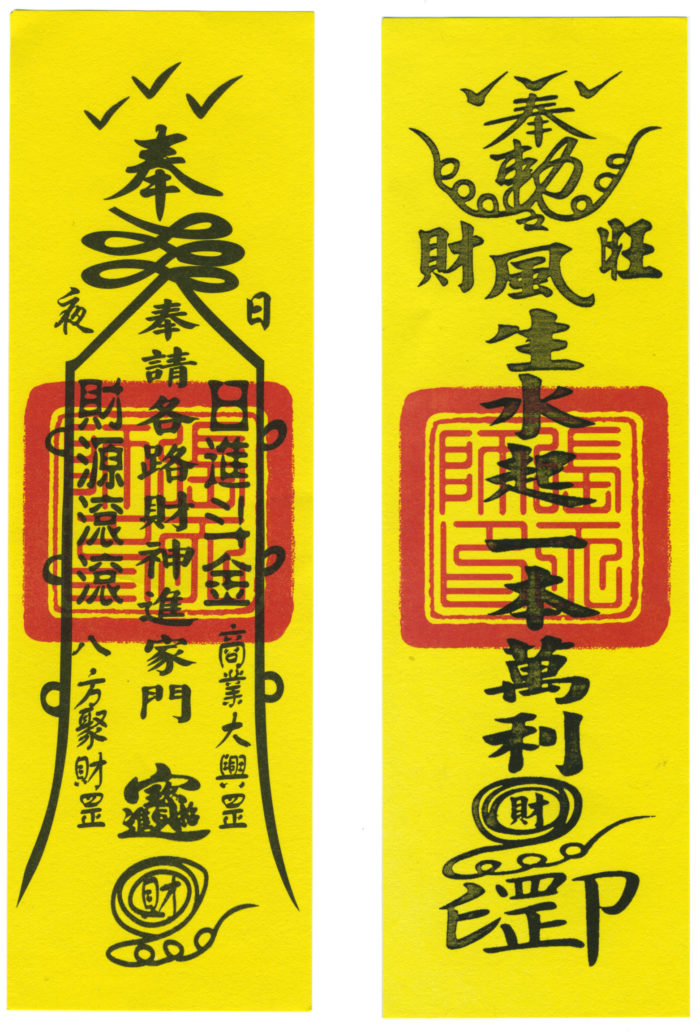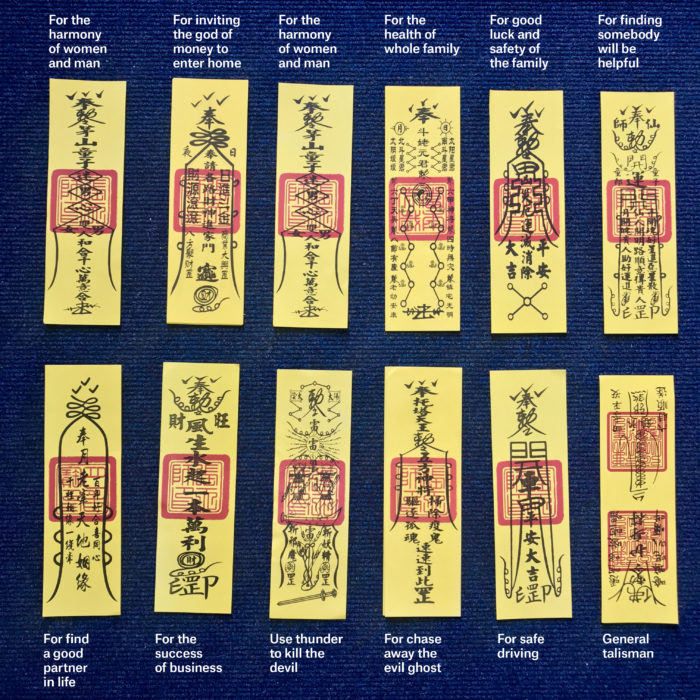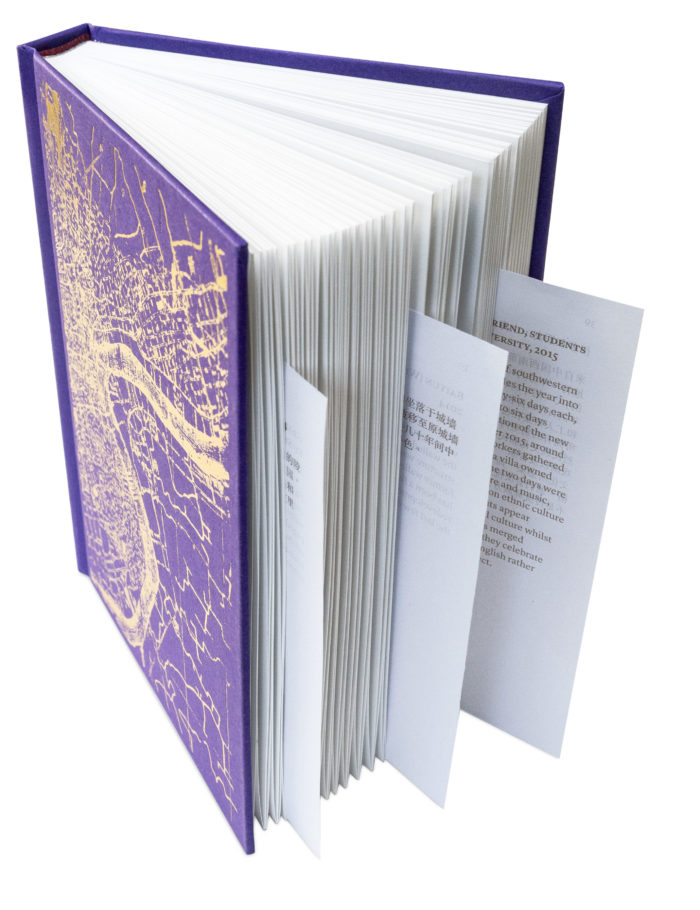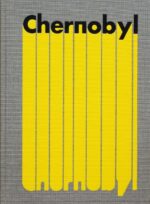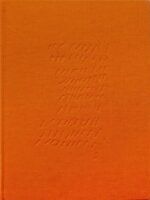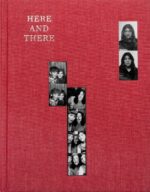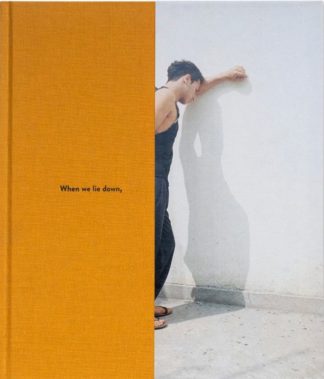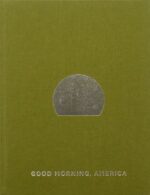Sacred Shanghai par la photographe et anthropologue Liz Hingley, explore les espaces, les rituels et les communautés – en formes officieuses, publiques et privées – qui ensemble tissent le tissu spirituel de la ville la plus grande et la plus cosmopolite de Chine ; texte de Ian Johnson, les légendes imprimées sur un papier « bible » séparé et inséré dans chaque page du livre, contient un talisman original, photos en couleurs.
Liz Hingley graduated with a BA Honors in Photography from the University of Brighton in 2007 and was then offered a two-year scholarship at FABRICA, a cultural institute in Italy. Whilst at FABRICA she made Under Gods: Stories from Soho Road, published by Dewi Lewis (2011) and toured internationally. Her next project, The Jones Family, received the Catchlight Award, Prix Virginia, and Getty Editorial Grant.?Hingley went on to receive an MSc in Social Anthropology from University College London in 2012 and moved to China. Between 2013-16 she was a Visiting Scholar of the Academy of Social Sciences and produced two books: Shanghai: End of Lines (Be-Poles 2013) and Shanghai Sacred (Washington University Press 2018). Her ?work has been published in Time, Le Monde, the Guardian, Financial Times, The Economist and New Scientist, amongst others. Hingley is a trustee of AmberSide and curator at SIDE gallery in Newcastle. She is a Research Fellow at the School of Oriental and Asian Studies (SOAS) and The University of Birmingham.
Sacred Shanghai by photographer and anthropologist Liz Hingley, explores the spaces, rituals and communities – in official, unofficial, public and private forms – that together weave the spiritual fabric of China’s largest and most cosmopolitan city.
After decades of suppression during the Mao era, China has been undergoing one of the great religious revivals of our time. Unsettled by the pace of development and globalisation, millions are turning to faith for meaning and hope in the alienating mega cities that now dominate Chinese life.
Shanghai has around 26 million inhabitants and is the tenth wealthiest city in the world. Synonymous with consumerism, it is known for economic dynamism and architectural daring, and yet it is at the forefront of religious resurgence. The megalopolis is home to a multitude of religions from Buddhism and Islam, to Christianity and Baha’ism, to Hinduism and Daoism and many other alternative faiths, which are constantly growing and evolving.
‘Freed from being defined by where they were born, China’s urbanites have created new identities, discovering for themselves what they truly believe with the aid of new technologies, social media and a convergence of faiths and cultures. Some of this religious life takes place in skyscrapers and apartment blocks, but also in the pockets of the past that still dot Shanghai: a traditional New Year’s dinner, the persistence of burning paper houses, cars, and money for the dead, or a rambunctious music group announcing a wedding, birth, or funeral.
Faith in China may be vulnerable, yet its unwavering importance is beyond doubt. Its very presence in people’s hearts makes it impossible to eradicate. More than economics or politics, it is these moments that are the new heart of China.’ Ian Johnson, Pulitzer prize winning journalist and specialist in Chinese religion from the introduction to the book.
_
Captions printed on a separate bible paper inserted into each page of the book.
An original talisman is included.
Text by Ian Johnson.


